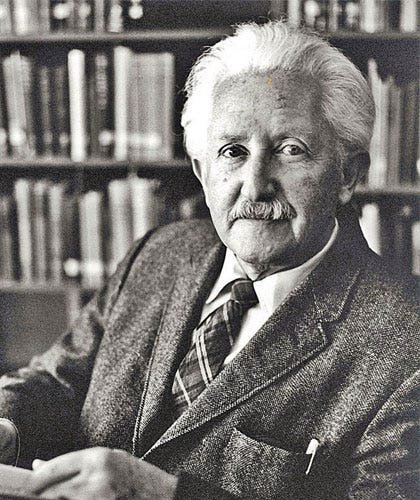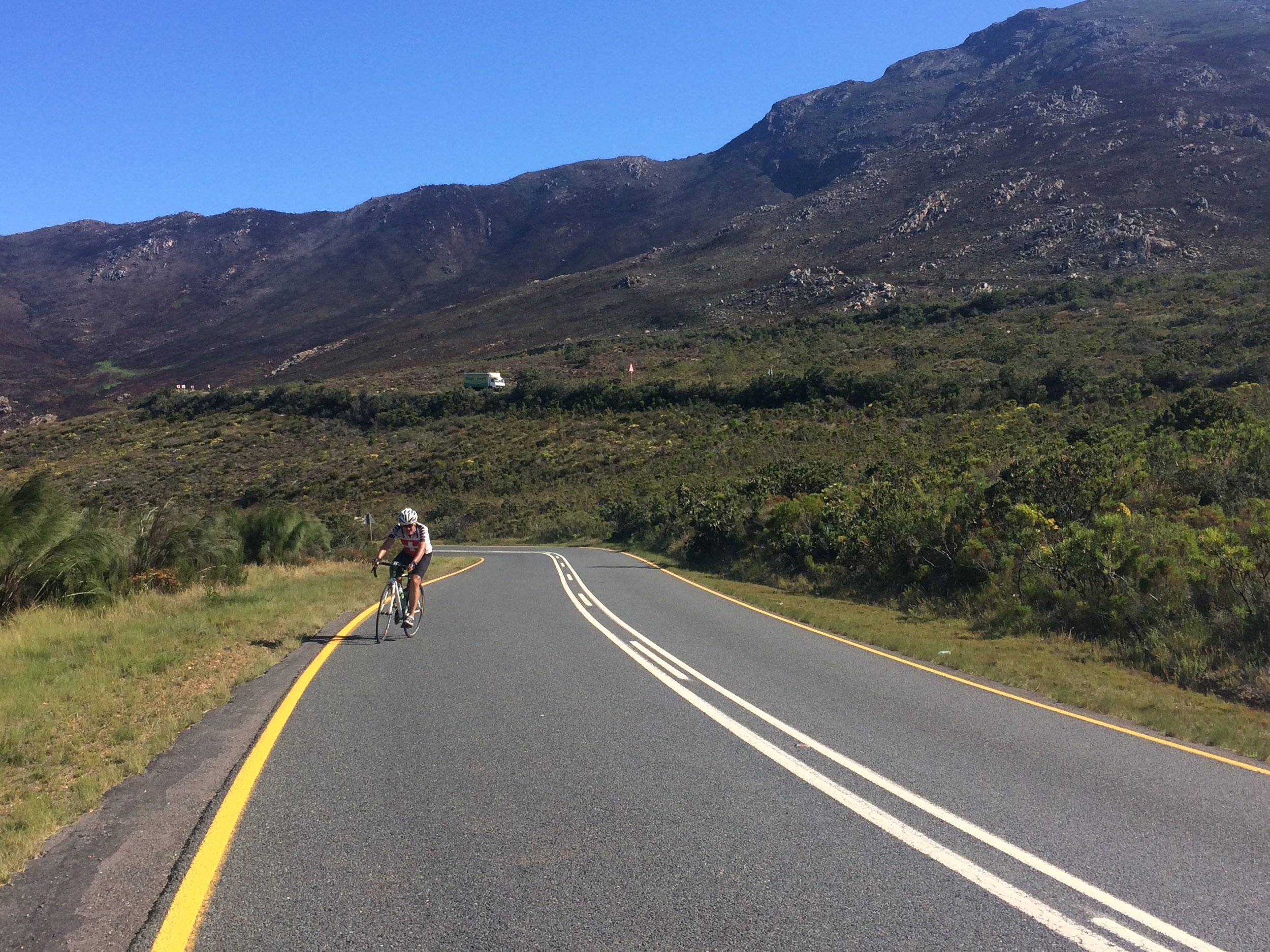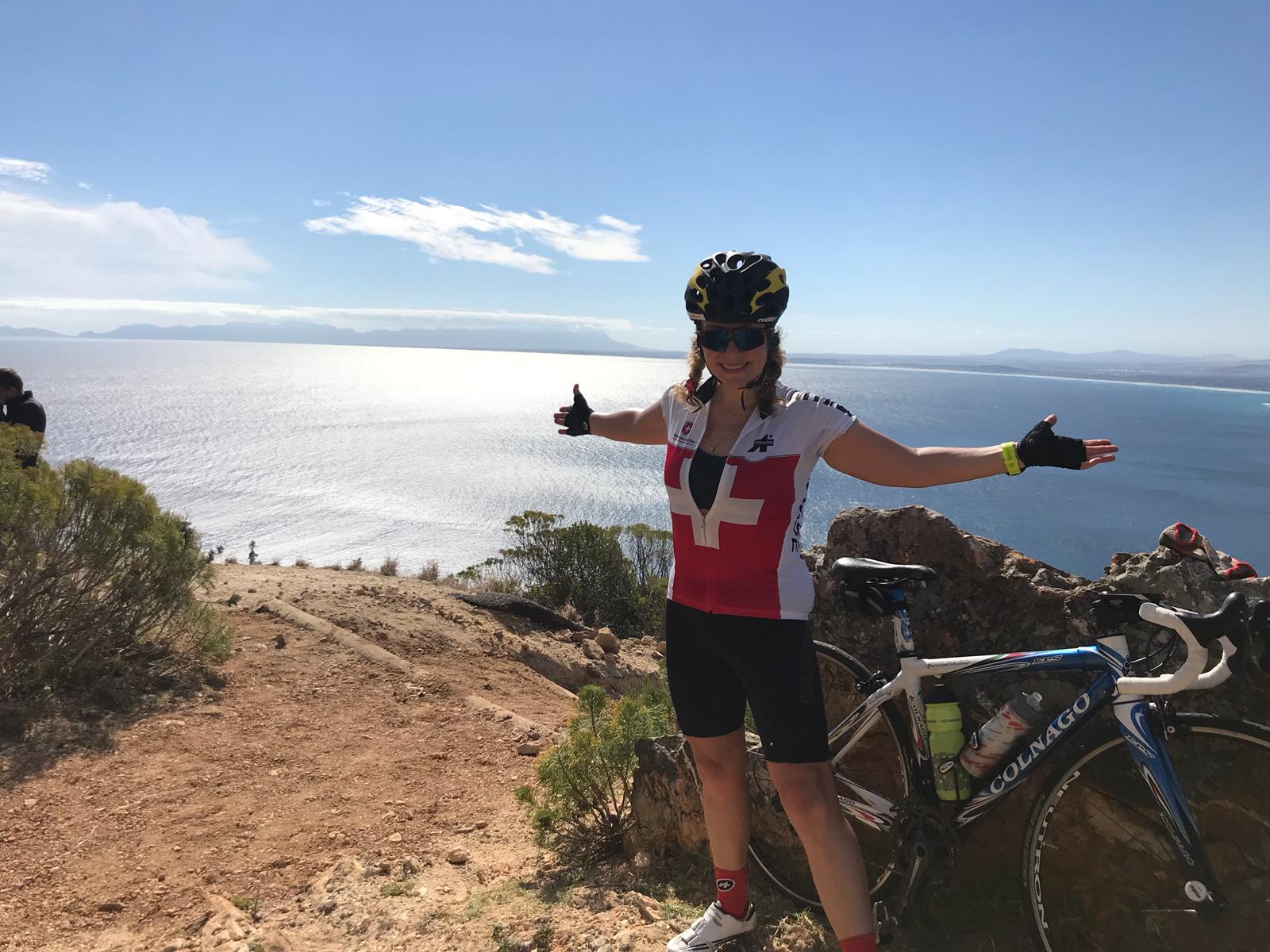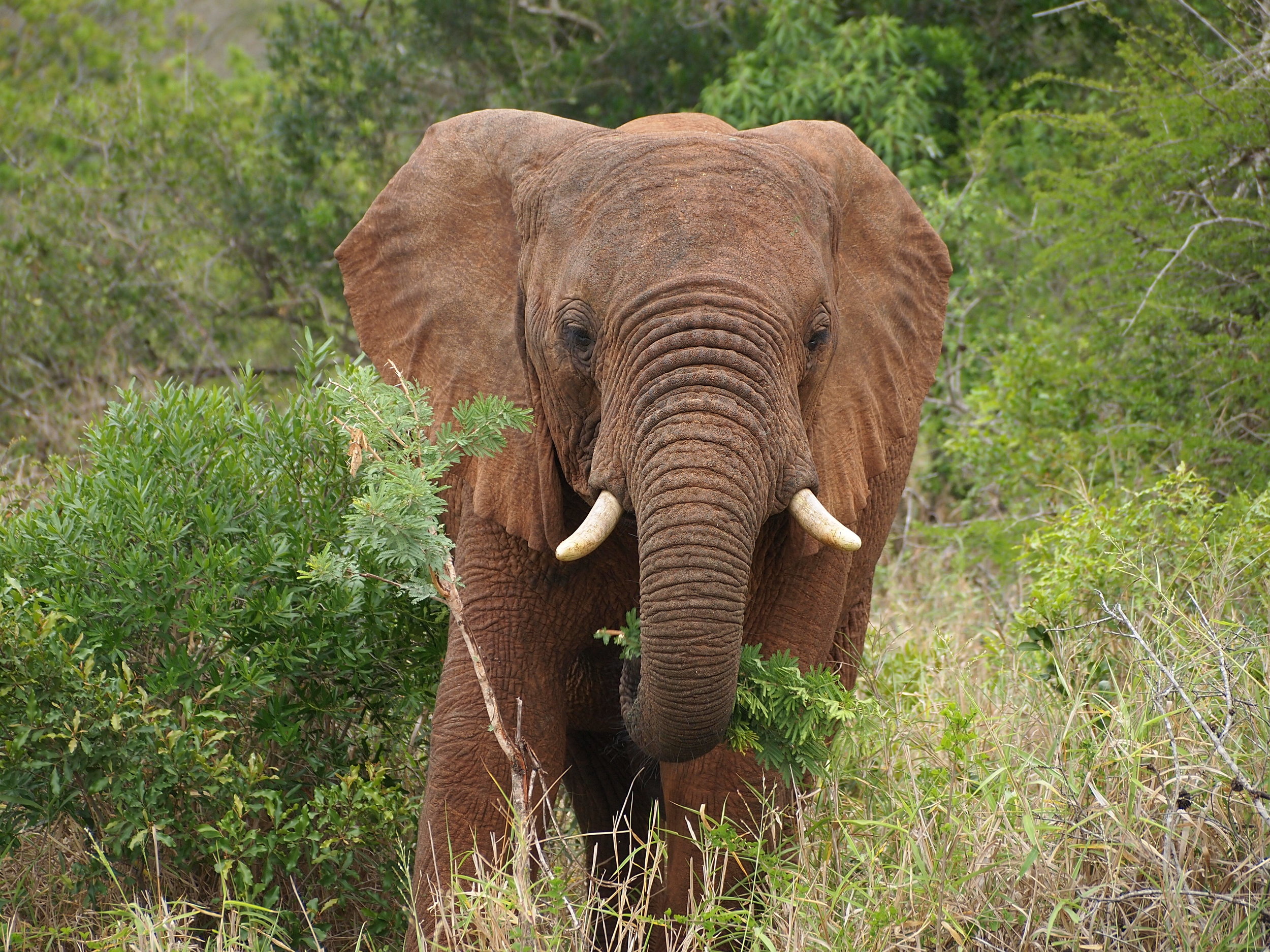CTB 47: Does Ultra-Endurance Sport Make Athletes Happy?
/A Guide for Athletes and Their Partners
Ultra-endurance (UE) sports are more than just a hobby—they are a lifestyle that demands dedication, resilience and resources, especially time. While UE sports’ physical and mental challenges are well-documented, the impact on athletes’ personal relationships often flies under the radar. This guide sheds light on how UE passion affects spousal relationships and offers practical strategies to ensure that both athletes and their partners thrive.
The Impact of UE Sports on Relationships
Engaging in UE sports can bring both joy and challenges to relationships. From our research, we identified several key stressors and benefits that partners of UE athletes commonly experience.
Stressors:
Worry and Anxiety: Partners commonly have concerns about potential accidents and injuries.
Time Apart: Training and competitions can lead to significant time spent away from family, placing additional burdens on the partner, especially if children are involved.
Financial Strain: UE sports (especially triathlon) can be costly, and financial sacrifices may be necessary.
Balancing Responsibilities: Partners often take on more household and parenting duties due to the athlete’s demanding schedule.
Benefits:
Shared Healthy Lifestyle: Many couples develop joint healthy habits and enjoy a more active lifestyle.
Travel Opportunities: Traveling to races can be a fun and exciting way to explore new places together.
Pride and Inspiration: Watching a loved one achieve their UE goals can be incredibly inspiring and a source of pride.
Role Modeling: Setting a positive example of dedication and perseverance for children and extended family.
Keys to a Healthy UE Relationship
Our research highlights the importance of balance, communication, and mutual support. Here are some tips to help you and your partner navigate the UE journey together:
1. Communicate Openly: Regularly discuss training schedules, upcoming races, and how these commitments impact family life. Ensure that both partners feel heard and valued.
2. Plan Together: Involve your partner in planning your training and competition calendar. This helps manage expectations and balance responsibilities.
3. Stay Flexible: Life is unpredictable. Be prepared to adjust your training or competition plans when family needs arise.
4. Share the Experience: Involve your partner in your UE activities whenever possible. Whether it’s cheering from the sidelines or joining in on training sessions, shared experiences can strengthen your bond. A joint hobby is a very strong relationship builder!
5. Set Boundaries: Establish clear boundaries to prevent UE passion from becoming all-consuming. This might mean setting aside specific times for family activities and ensuring that UE training doesn’t encroach on these moments.
6. Celebrate Together: Acknowledge and celebrate the athlete’s achievements and the partner’s support and sacrifices. Recognizing each other’s efforts fosters mutual appreciation and respect.
Scenarios to Watch For
Based on our findings, relationships generally fall into three categories regarding UE sports:
1. Harmoniously Practiced UE Passion: Both partners enjoy the benefits and joys of UE sports when the non-athlete partner actively supports the athlete’s passion or both partners are engaged in the sport. In these relationships, the positives, such as shared experiences and a healthy lifestyle, far outweigh the negatives.
2. Conditional Support: Conflicts are more likely when the support for UE activities is conditional or reluctant. These relationships often experience stricter rules and less open communication, leading to emotional strain.
3. Obsessive UE Passion: When the athlete’s dedication to UE becomes obsessive and significant identity transformation happens, it can create significant challenges. In such cases, the imbalance often leads to serious difficulties, potentially resulting in relationship dissolution or the end of the athlete’s UE activities.
Conclusion
Ultra-endurance sports can be a source of immense pride and joy, but they also bring unique challenges to relationships. UE athletes and their partners can successfully navigate these challenges by fostering open communication, planning together, and staying flexible. Celebrating each other’s roles and achievements, both in and out of the sporting world, can help ensure that the journey of ultra-endurance is a fulfilling and shared adventure. Remember, the key to a thriving relationship amidst the demands of UE sports is mutual support, understanding, and a balanced approach to integrating this passion into your lives.




















































































